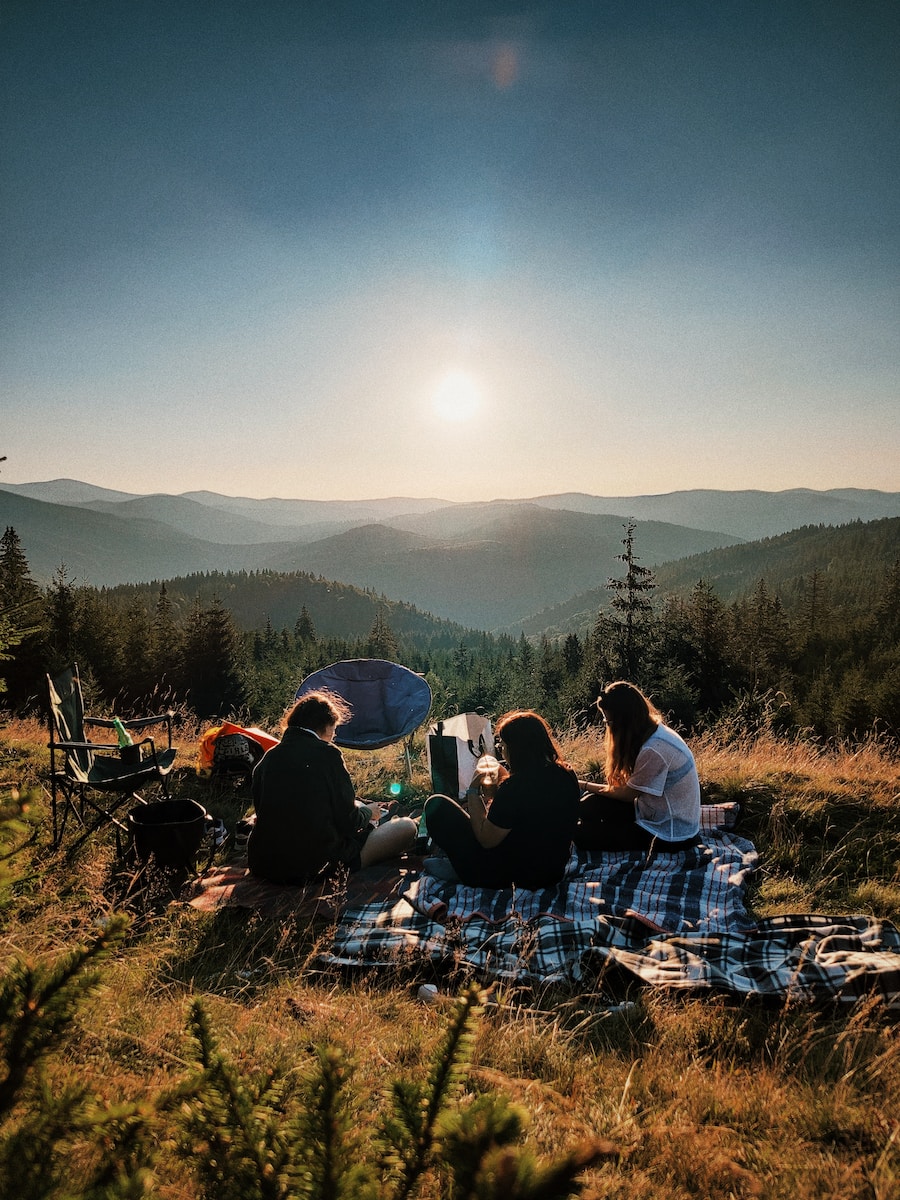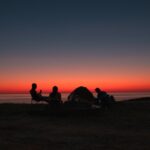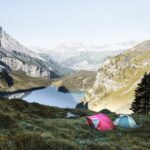Get Toasty: Fire Making Techniques for Survival Camping!
Camping is a thrilling outdoor activity, but it can be risky if you don’t have the right skills to make fire in the wild. A fire can keep you warm, cook your food, and ward off dangerous animals. Therefore, every camper needs to learn fire-making techniques for survival camping. In this article, we will explore various methods to build and maintain a fire, from flint to friction.
From Flint to Friction: Master the Art of Fire Making
Flint and steel are the classic fire-making tools and have been used for centuries. To start a fire, strike the steel against the flint to create sparks that will ignite the tinder. However, if you are in the wilderness without these tools, you can use natural resources such as dry leaves, bark, or twigs as kindle. Another technique is the bow drill method, where you use a bow and spindle to create friction that generates an ember to start a fire. This method requires practice and patience, but it is an essential skill to know.
Keep the Flames Alive: Tips and Tricks for a Successful Campfire
Once you have started a fire, you need to keep it burning for warmth and cooking. A good tip is to gather wood of different sizes and types, including small twigs, branches, and logs. Start by placing the small twigs in a teepee shape, and gradually add larger sticks and logs. Make sure to keep the fire ventilated to avoid smoke buildup and spread it out to prevent it from getting too hot. Use a fire starter, such as cotton balls dipped in wax or dryer lint, to reignite the fire easily in case it goes out. Lastly, always put out the fire before leaving your campsite. Drown it with water and stir the ashes to ensure that it’s fully extinguished.
In conclusion, learning fire-making techniques for survival camping is crucial for any outdoor enthusiast. Whether you use flint, friction, or other methods, practice and patience are key to success. Remember to keep the fire ventilated, use different sizes of wood, and always put it out before leaving. With these tips and tricks, you can keep yourself warm, cook your food, and enjoy the campfire experience safely.




